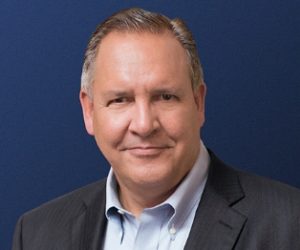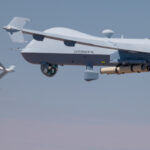
Raytheon Technologies [RTX] on Tuesday said it will establish its global headquarters in Northern Virginia, close to many of its government customers in the Washington, D.C., area, a move that follows Boeing’s [BA] decision a month ago to relocate its corporate headquarters to the region. Raytheon said it will be moving to Rosslyn, an area of Arlington Virginia across the Potomac River from Washington and the same neighborhood as its Intelligence & Space operating segment. The company is currently headquartered…

 By
By 











